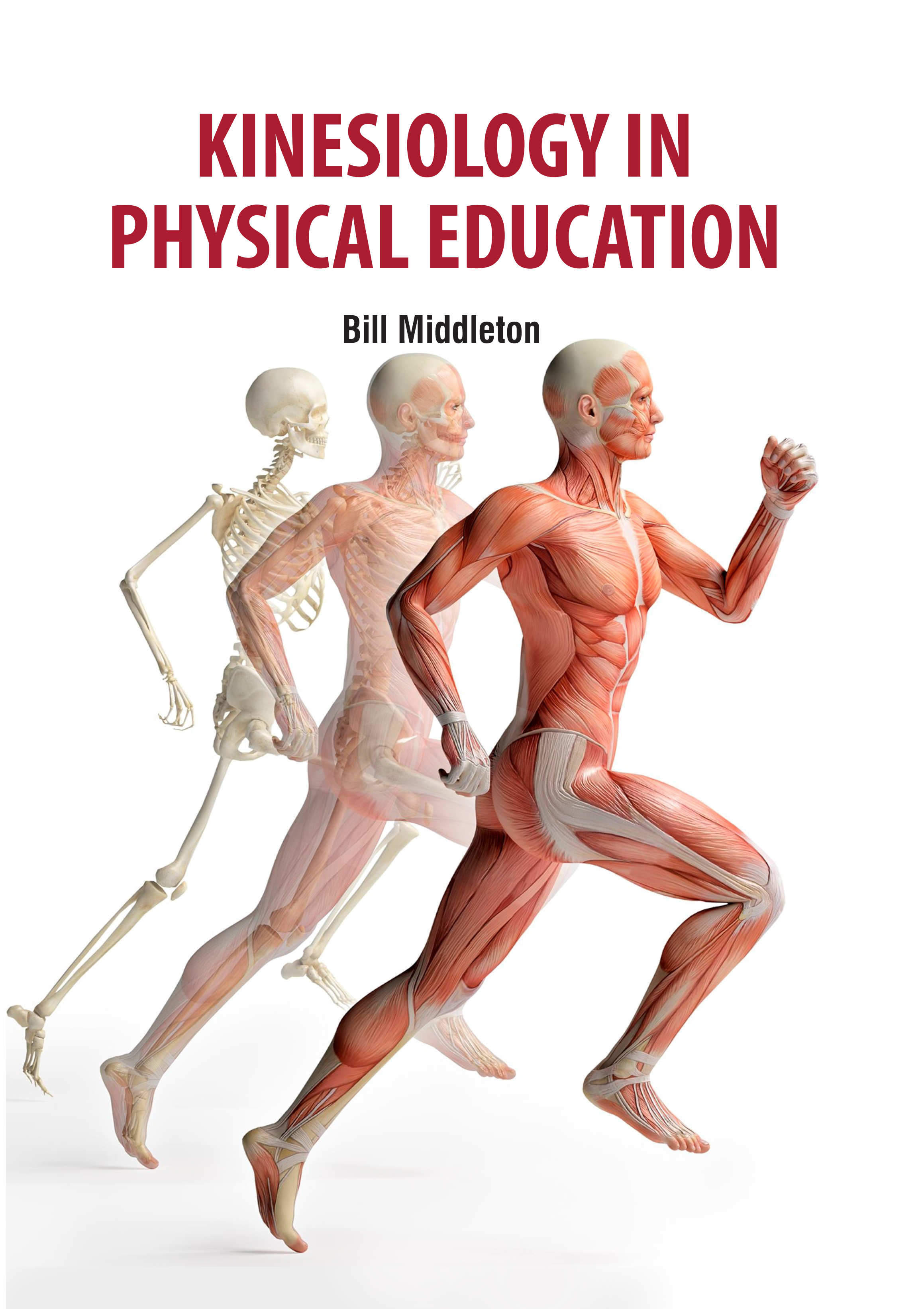
Kinesiology in Physical Education
by Bill Middleton
| ISBN | 9789372427745 |
|---|---|
| Publisher | Digital Drive Learning |
| Copyright Year | 2026 |
| Price | $274.00 |

by Bill Middleton
| ISBN | 9789372427745 |
|---|---|
| Publisher | Digital Drive Learning |
| Copyright Year | 2026 |
| Price | $274.00 |
Applied kinesiology (AK) is the study of muscles and the relationship of muscle strength to health. It incorporates a system of manual muscle testing and therapy. AK is based on the theory that an organ dysfunction is accompanied by a specific muscle weakness. Diseases are diagnosed through muscle-testing procedures and then treated. AK is not the same as kinesiology, or biomechanics, which is the scientific study of movement. The present success of biomechanics owes much to the emergence of doctoral programs, increase in scholarly writing and research, and the formation of discipline-oriented academies over the past 40 years. Although course work in biomechanics continues to play a major academic role in preparing physical educators, the scope of biomechanics knowledge has become incrementally larger to inform a number of other occupational contexts, such as physical therapy, occupational therapy, athletic training, and engineering. Muscles create a torque to rotate the body segments in all tennis strokes. In the service action internal rotation of the upper arm, so important to the power of the serve, is the result of an internal rotation torque at the shoulder joint caused by muscle actions (latissimus dorsi and parts of the pectoralis major and deltoid). To rotate a segment with more power a player would generally apply more muscle force. Physical Education is the process by which changes in the individual are bought about through movements experiences. Physical Education aims not only at physical development but is also concerned with education of the whole person through physical activities. This book is provides an exciting opportunity for students to discover the diversity of physical education, exercise science, and sport and the wealth of careers available in these fields.